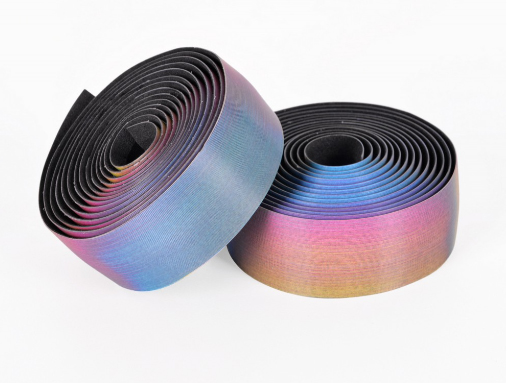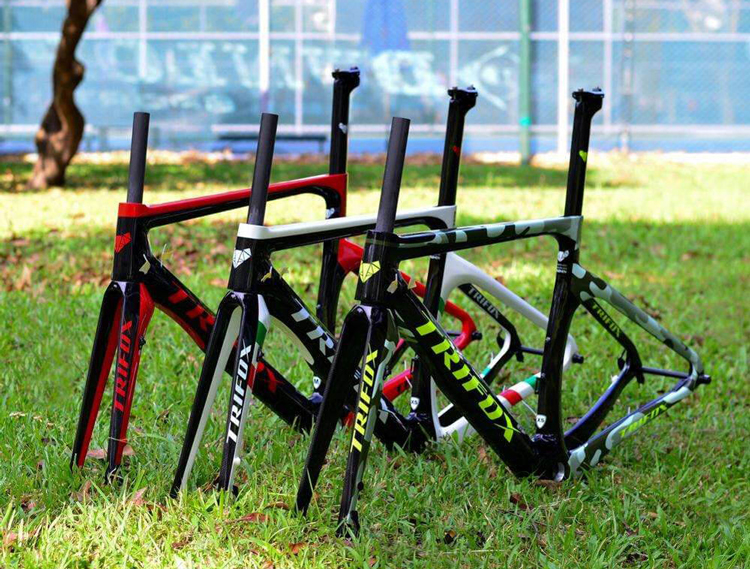Whether you're an avid time trialist, a triathlete, or simply a cycling enthusiast looking to optimize your road bike's aerodynamics, aero bars are an essential component of your setup. However, the benefits of aero bars in terms of speed and aerodynamics can be offset by discomfort and poor grip if not properly outfitted with the right bar tape. Selecting and wrapping bar tape for aero bars is thus crucial for enhancing both comfort and grip during rides.
Selecting the Right Bar Tape
Material Matters: The first step in selecting bar tape for aero bars is considering the material. Options typically include synthetic materials, cork, and silicone. Synthetics offer durability and a wide range of colors and patterns, while cork provides natural vibration damping qualities for increased comfort. Silicone tape is relatively new but is gaining popularity for its tackiness and ability to be re-wrapped without leaving residue.
Thickness and Cushioning: Aero bar setups benefit from tape that provides adequate cushioning without adding unnecessary bulk. Thicker tapes offer better vibration absorption, which can be crucial for long-distance rides, whereas thinner tapes give a more direct feel of the bars. Consider your personal preference and the type of riding you do most often when choosing the thickness.
Texture and Grip: Look for tape with a texture that ensures a secure grip even when wet. This is particularly important for aero bars, where maintaining control in an aerodynamic position is key. Tapes with a tacky surface or textured pattern can offer improved grip compared to smoother options.
Wrapping Your Aero Bars
Preparation: Begin by cleaning your aero bars thoroughly to remove any dirt, grease, or old adhesive. Ensure the surface is dry before starting to wrap.
Starting Point: Decide whether you want to start wrapping from the ends of the aero bars moving towards the center or vice versa. Starting from the ends can help secure the tape more effectively, especially if the tape comes with adhesive backing.
Wrapping Technique: When wrapping, pull the tape tightly enough to prevent wrinkles or bubbles but not so tight as to stretch or tear the tape. Overlap each wrap by about one-third of the tape's width for even coverage. For aero bars, you may need to cut the tape into shorter lengths or strips to navigate complex shapes or tight bends effectively.
Finishing Touches: Once you reach the end of your wrap, cut the tape at an angle to create a neat finish. Use electrical tape or the finishing tape provided with your bar tape to secure the end. Some cyclists also use a small amount of super glue or similar adhesive under the final wrap for extra security.
Bar End Plugs: Insert bar end plugs to secure the tape at the ends of the bars. For aero bars, you might not use traditional bar end plugs, but ensuring the tape's end is securely fastened is still important.

Conclusion
Wrapping bar tape around aero bars might seem like a minor detail, but it's a critical aspect of bike setup that can significantly impact your comfort and performance. By selecting the right tape and applying it with care, you can enhance your grip, control, and overall riding experience. Remember, practice makes perfect, so don't be discouraged if your first attempt isn't flawless. With time and patience, you'll be able to achieve a professional-looking wrap that complements your aero setup perfectly.




















































































